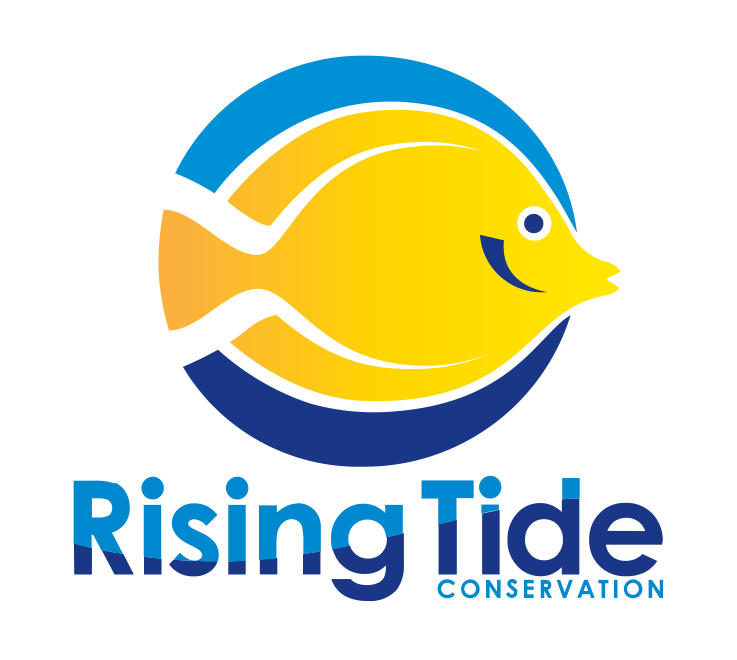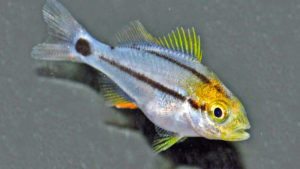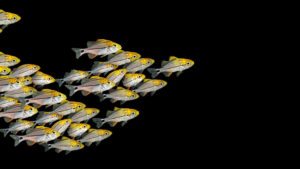One of the early successes of the Rising Tide Conservation Initiative was the development of a large-scale rearing protocol for porkfish (Anisotremus virginicus). During the first few rearing trials of eggs collected from SeaWorld Orlando, the Tropical Aquaculture Lab (TAL) quickly discovered a species that ate ravenously, grew quickly, and was able to tolerate a range of water quality and rearing conditions. At the time, Rising Tide did not have access to molecular methods for DNA based identification of these species. So, the goal was to grow them out, document their larval development and eventually, as they settled and developed color, positively identify the species. At approximately 40 days post hatch, a vet student at the lab compared them to wild porkfish juveniles he had seen on dive trips, and after a quick web search and cross reference with Martin Moe (thanks Martin) it was confirmed that the majority of the species were indeed porkfish. Martin had reared porkfish previously for a study on the ontogenetic development of the species using wild zooplankton.
The next step included a small replicated trial to determine the necessary live feed for the larviculture of the species. Although the data is still being analyzed for publication, the initial findings displayed an approximate survival of 50% during the first 15 days post hatch (dph) solely using rotifers (Brachionus plicitilis) as a first feed. This is also the time (15 dph) when they can readily accept Artemia, and very shortly thereafter can be weaned to an artificial diet. This early feeding regime makes them ideal for commercial production. Although future trials are currently being developed to determine optimal culture protocols, commercial producers are currently receiving shipments of eggs from SeaWorld and the first cohort was successfully grown and delivered back to SeaWorld. This is a great demonstration of the sustainability that can be accomplished within this program; eggs received from SeaWorld, grown by a commercial producer, and then delivered back to SeaWorld as juveniles.
See Matt Pedersen’s article University of Florida and Rising Tide Updates…
Eric Cassiano
Biological Scientist
Tropical Aquaculture Laboratory | University of Florida


